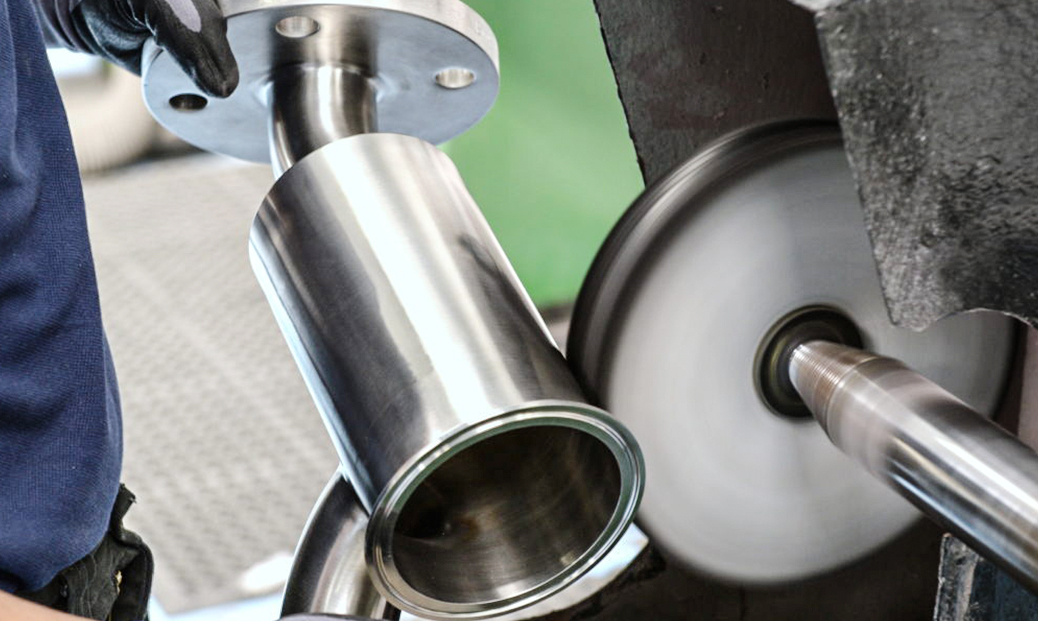Two methods of aluminum alloy mechanical polishing and electrolytic polishing
1. Mechanical polishing
Mechanical polishing is a polishing method that removes the polished convex parts by cutting and plastic deformation of the material surface to obtain a smooth surface. Generally, whetstone strips, wool wheels, sandpaper, etc. are used. The method of fine grinding and polishing. Ultra-precision grinding and polishing is to use a special abrasive tool, in the grinding and polishing liquid containing abrasive, it is tightly pressed on the surface of the aluminum alloy die-casting to be processed, and it rotates at a high speed. Using this technology, the surface roughness of Ra0.008μm can be achieved, which is the highest among various polishing methods. Optical lens molds often use this method.
2. Electrolytic polishing
The basic principle of electrolytic polishing is the same as that of chemical polishing, that is, by selectively dissolving the tiny protrusions on the surface of the material to make the surface smooth. Compared with chemical polishing, the influence of cathode reaction can be eliminated, and the effect is better. The electrochemical polishing process is divided into two steps:
(1) The macroscopic leveling dissolved products diffuse into the electrolyte, and the surface geometric roughness of the aluminum alloy die casting decreases, Ra>1μm.
(2) Low-light leveling anode polarization, improved surface brightness, Ra<1μm.


